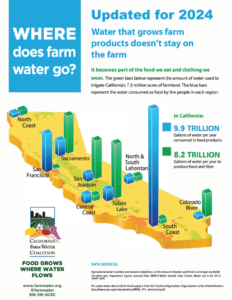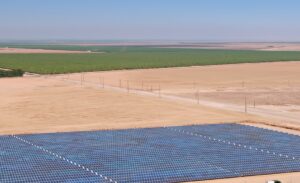When people talk about the effects of water shortage on the farms and communities of California, they can be tempted to say that rising statewide sales receipts prove that no harm has been done. If only that were true. Unfortunately, the reality is- harm has been done, and overall farm crop sales just aren’t a good indicator of the damage caused to local economies, or the devastating impact that water shortages and rising costs have on our communities.
California’s family farmers are adaptive and innovative, but farmers across the state have been forced to fallow cropland, while rural communities lose critical businesses, services, and infrastructure due to farm water costs and shortages. Recently, UC Davis Center for Watershed Sciences reported net farm profits were down 11% due to higher overall costs on farms, despite rising overall farm income. The farms that stay in business are increasingly pressured toward crops that can support high water costs, reducing the diversity of crops being grown in every region of the state.
California must invest in smart water management- improving the flexibility and resiliency of diverse beneficial water uses, expanding water storage, and embracing results-oriented, adaptive river management to prepare for an uncertain future.





